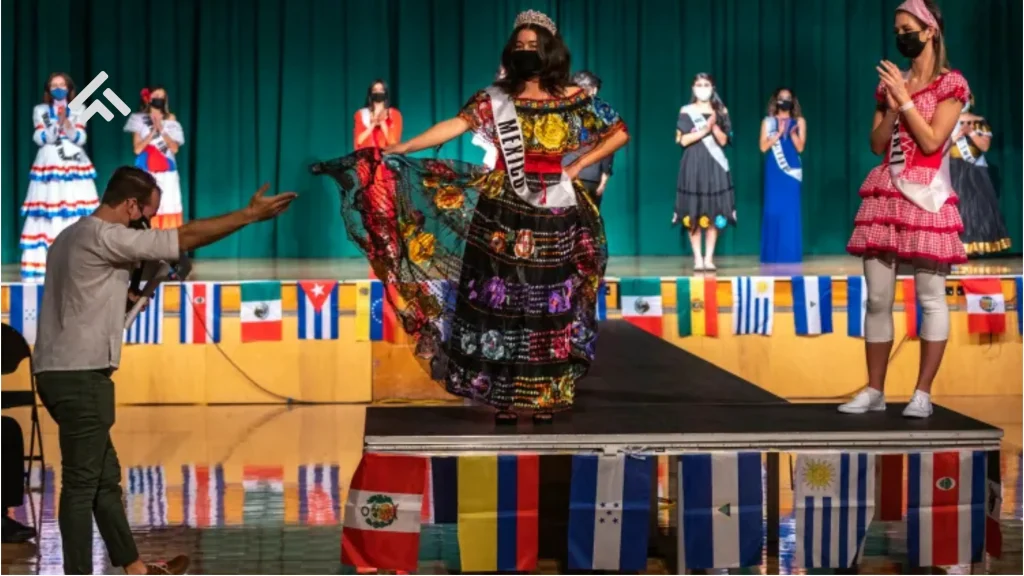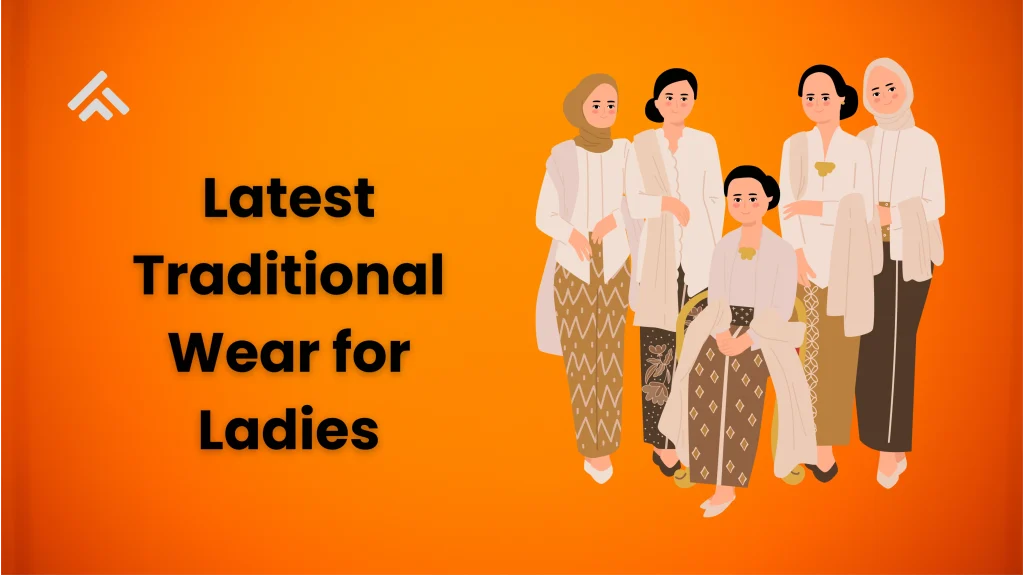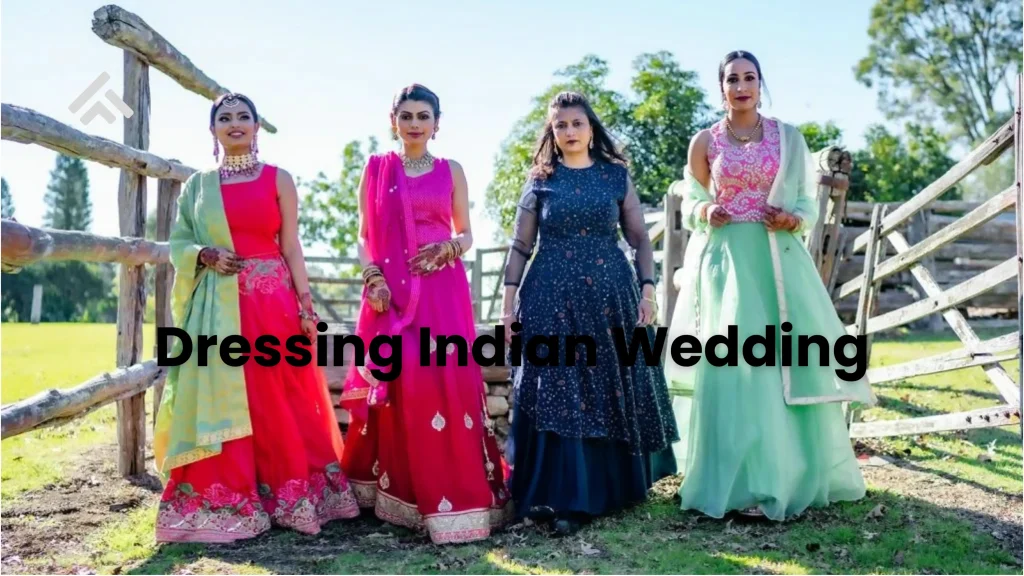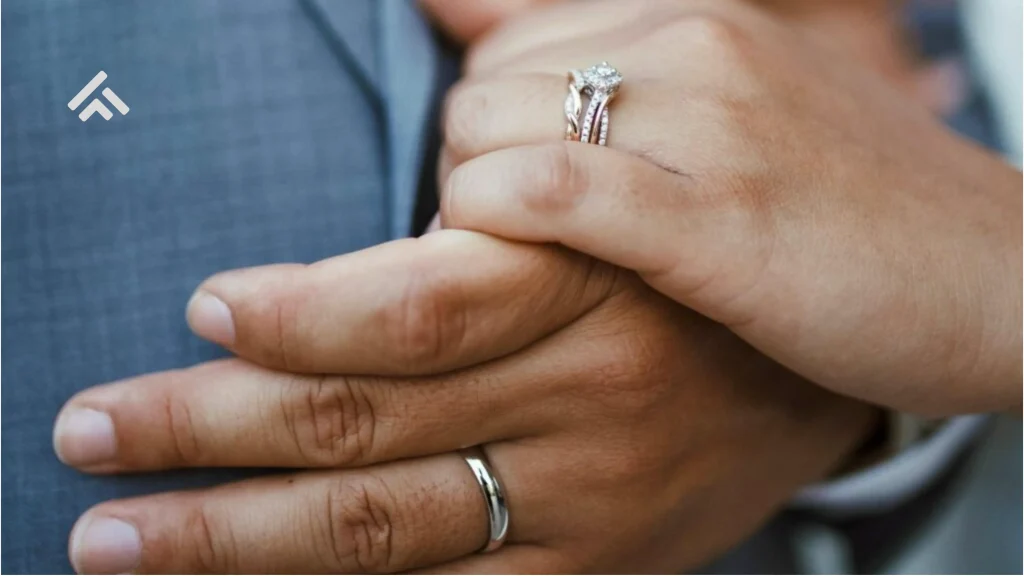Latin American traditional clothing reflects the rich history and culture of the region. It includes a variety of styles, colors, and fabrics. These clothes often show the customs of different indigenous groups and communities. Many outfits are handmade with detailed embroidery and weaving. They are worn during special events, festivals, and ceremonies. Traditional clothing connects people to their roots and past generations.
Cultural dress is important because it helps preserve identity. It tells stories about a group’s history and beliefs. Wearing traditional clothes shows pride in heritage. It also helps pass down skills like weaving and sewing. In many places, these clothes bring communities together and celebrate their culture.
Table of Contents
Traditional Wear by Region
Andean Region (Peru, Bolivia, Ecuador)
In the Andean region, people wear bright, colorful clothes made from wool or alpaca. Women often wear layered skirts called polleras and embroidered blouses. Men typically wear ponchos and hats. These clothes reflect the cold mountain climate and rich indigenous traditions.
Central America (Guatemala, Mexico)
In Central America, traditional outfits feature detailed patterns and designs. The huipil, a handwoven blouse, is very popular among women. These clothes show local history and cultural beliefs through their colors and embroidery.
Caribbean (Cuba, Dominican Republic, Puerto Rico)
Traditional Caribbean clothing is light and colorful, fitting the warm weather. Bright dresses and headscarves are common, especially during festivals and celebrations.
Southern Cone (Argentina, Chile)
In the Southern Cone, traditional wear includes the gaucho style for men, with wide pants, boots, and ponchos. Women’s dresses show a mix of indigenous and European influences. These styles are practical and symbolic of the region’s culture.
Common Fabrics and Materials Used
Wool and Alpaca
Wool from sheep and alpaca fibers are important materials, especially in the cold Andean highlands. Alpaca wool is very soft, warm, and lightweight. It is stronger than sheep wool and often used to make ponchos, scarves, and hats. These fabrics help protect people from harsh mountain weather.
Cotton and Linen
Cotton and linen are popular in warmer regions like Central America and the Caribbean. These natural fabrics are cool and breathable, perfect for hot climates. They are usually handwoven on traditional looms. Artisans often dye them using plants and natural colors to create bright and lasting patterns.
Embroidery and Weaving Techniques
Traditional embroidery and weaving are key to Latin American clothing. Skilled craftspeople use colorful threads to create detailed patterns with symbolic meanings. These designs often tell stories about nature, history, and culture. The techniques are passed down through families, preserving the culture and identity of each community.
Typical Garments and Accessories
Ponchos and Shawls
Ponchos are one of the most recognized traditional garments in Latin America. They are usually made from wool or alpaca and worn over the shoulders to keep warm. Shawls, often brightly colored and decorated with fringes, are popular among women and are used for both warmth and style.
Huipils and Blouses
Huipils are traditional handwoven blouses worn mainly by indigenous women in Central America and Mexico. They feature beautiful embroidery with patterns that represent cultural symbols. These blouses are loose and comfortable, perfect for warm climates.
Skirts and Dresses
Women often wear layered skirts called polleras in the Andean region. These skirts are colorful and made from thick fabric. In other areas, dresses may be lighter and decorated with embroidery or lace, worn especially during festivals and celebrations.
Hats and Headwear
Hats are important in many Latin American cultures. Men might wear wide-brimmed hats like the sombrero or gaucho hat, while women often wear headscarves or woven headbands. These pieces protect from the sun and complete traditional outfits.
Jewelry and Adornments
Jewelry plays a big role in traditional wear. Pieces made from silver, beads, and stones are common. They often carry symbolic meanings and show social status or community identity. Necklaces, earrings, and bracelets are carefully crafted and worn with pride.
Symbolism and Meaning in Traditional Wear
Colors and Their Significance
Colors in traditional clothing often have deep meanings. For example, red may represent life or energy, while black can stand for the earth or mourning. Bright colors like yellow and green often reflect nature, such as the sun, plants, or corn. These meanings can change from one region or group to another.
Patterns and Motifs
Patterns and designs are more than decoration. They tell stories about a community’s history, beliefs, and environment. Shapes like animals, plants, or symbols are often linked to nature or spiritual beliefs. Each piece of clothing can carry a message or show the wearer’s background. Much like African American cultural fashion, Latin American styles are full of vibrant history and symbols.
Clothing as a Social Identifier
Traditional wear can show a person’s identity, such as their village, marital status, or role in the community. The style, colors, and designs may vary between towns. Wearing these clothes is a way of honoring heritage and keeping cultural traditions alive.
Traditional Wear in Festivals and Ceremonies
Special Outfits for Celebrations
During festivals, people wear traditional clothes that are often more colorful and detailed than everyday wear. These outfits are made with care and may include added embroidery, lace, or beads. They help make the event feel more joyful and meaningful. Each festival may have its own unique style of clothing.
Role in Religious and Cultural Events
Traditional clothing is often worn during religious events, such as processions, dances, or church ceremonies. These outfits may reflect respect for the occasion and the beliefs of the community. Clothing can also be linked to specific dances or roles in the event.
Passing Down Traditions
Wearing these outfits during festivals helps teach younger generations about their culture. It connects families and communities to their history. People feel proud to wear what their ancestors wore, keeping the culture strong and alive during every celebration.
Modern Adaptations and Influence on Fashion
Blending Old and New Styles
Today, many designers mix traditional clothing with modern fashion. They use old patterns, fabrics, or embroidery in new ways. For example, a modern dress might include a traditional design from a huipil. This mix keeps the culture alive while making it fit with today’s trends.
Inspiration in Global Fashion
Latin American traditional wear has inspired fashion all over the world. Bright colors, handmade fabrics, and bold patterns appear in clothes made by top designers. Runway shows and clothing brands often use these cultural styles to create unique looks that stand out.
Supporting Local Artisans
Modern fashion trends have helped bring attention to local craftspeople. Many people now value handmade items and support fair trade. This helps communities earn a living while sharing their culture. These modern changes help protect and celebrate traditional clothing in today’s world.
Conclusion
Traditional Latin American wear is more than just clothing. It shows the history, values, and pride of each region. Every fabric, color, and design has meaning. These outfits help people stay connected to their roots.
Even today, traditional wear plays an important role. It is used in festivals, everyday life, and modern fashion. It keeps cultures alive and strong. Wearing these clothes is a way to honor the past and share it with the world.



